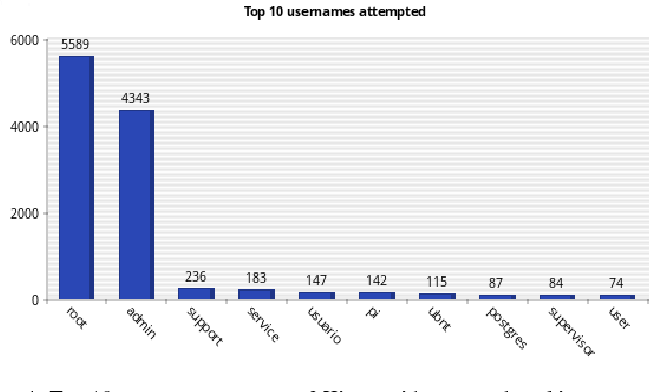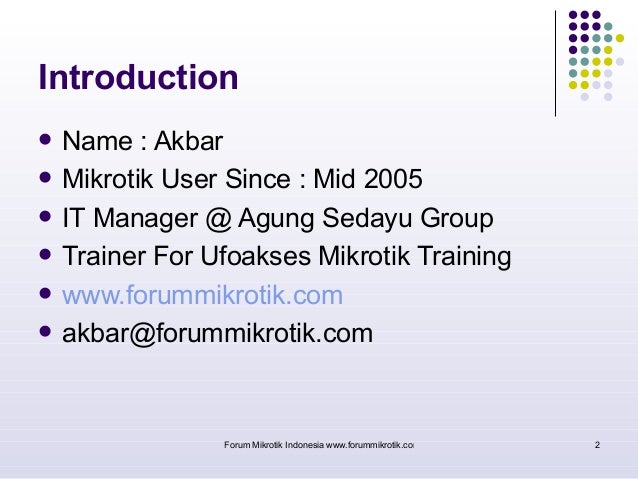
- #Brute force port knocking cracked#
- #Brute force port knocking password#
- #Brute force port knocking crack#
Something as simple as "knock on port 10,000 + realPortNumber" can be done, which would amount to a trivial break, or the port knocking might itself be used to transmit some form of real authentication (say, 1 block of AES encoded data given a key derived by some other method). Port knocking is a form of authentication, and like any authentication system it can be made to be as simple or complex as desired. One thing that I can say is that it is not "security through obscurity". That could wind up being more costly than is reasonable, especially if you are more than a few tens of miles away from the server and do not have anyone that you can call to get there in a hurry. That's all fine and dandy, but what happens if the filesystem gets full? What happens when the daemon gets killed because of some runaway process eating up the system's RAM and swap? What happens if something else which either of those two things depend on just up and stop working? You most likely end up with a server that you will have to physically access. Port knocking daemons rely on reading failed (and filtered/prohibited) log file entries from a firewall system. AFAIK, there are no kernel-based port knocking implementations available, which for me would be the real key to adoption. However, that is not to say that there are not downsides. Every single one of them have noted a significant reduction in the amount of bandwidth consumed by things like SSH brute-force attacks as a result. Once a port is identified as being open, a hacker can use whatever mechanism that service has to offer whether it be telnet on port 23 which can be used to gain remote access to your system or an attack against NetBIOS ports 137, 138 or 139 just to name a few.While I have not deployed it yet, I know many people who have deployed it. Most attacks start with a simple nmap scan of your network to see what ports are open. If you do identify an attacker, block the attacker by their IP address. If you use an enterprise spam filter like Securence, you may be able to restrict your SMTP server to communicating only with the Securence servers and your internal IP address pool.
#Brute force port knocking password#
The ideal solution is to use complex passwords with regular password expirations. For this reason, account lockouts are not recommended. The server performance can suffer in a large scale attack, and such an attack could lock out all of the legitimate users, effectively stopping all legitimate email communication. That is a great start, but what many people fail to realize is a brute-force attack can quickly turn into a DDoS attack. Many of you have already implemented a strong password policy requiring complex passwords and provided a lockout mechanism for a set number of failed login attempts through group policy. Let’s discuss how we can help keep you from being the subject of my next article. It happens every day, and WatchPoint has documented similar incidents in a previous blog. Once they have stolen all of the data they feel is valuable, it will get sold on the dark web, and your bank account will be drained in less time than it takes you or the bank to notice something went terribly wrong. Once the cybercriminals have a beachhead into your network, they will sit comfortably for up to a year or more monitoring and collecting valuable Personally Identifiable Information, and more specifically, your bank account information.

#Brute force port knocking cracked#
Of course, you may be wishing the attacker was only looking for a knockout once they have successfully cracked a password and have access to your mail system. Even if the knock out doesn’t come, the opponent will be so busy trying to block the punches that he is unable to defend himself from the attack.A brute-force attack can quickly have you against the ropes, so you need to take steps now to harden your Exchange Server before it gets knocked out by a DDoS attack.

Think of a boxing match where one opponent has the other up against the ring, knows a knockout is seconds away and just unloads every combination of hooks, jabs, and uppercuts until their opponent has been knocked out.

#Brute force port knocking crack#
A brute-force attack is a common threat faced by web developers where an attacker attempts to crack a password by systematically trying every possible combination of letters, numbers, and symbols until finding a combination that works.


 0 kommentar(er)
0 kommentar(er)
